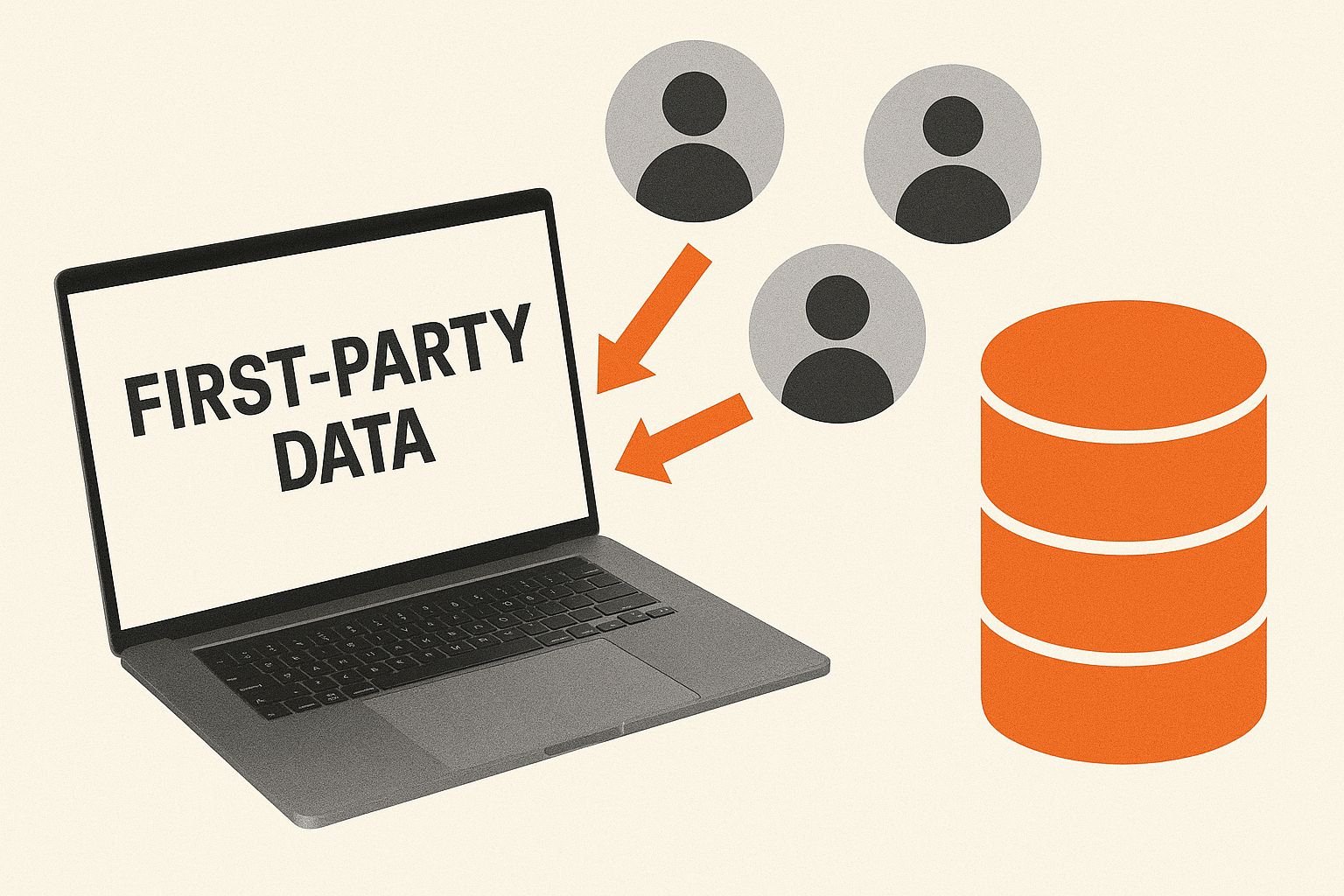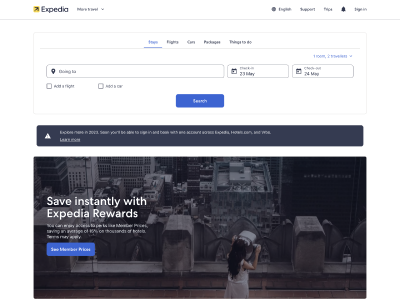In the ever-evolving world of data tracking, the shift from client-side to server-side tracking has become a hot topic. While server-side tracking promises greater control, improved performance, and enhanced data accuracy, it doesn’t come without challenges. So, what’s the fuss all about? Let’s break down server-side vs client-side tracking to help you choose the best solution.
What Is Server-Side Tracking?
Traditionally, client-side tracking has been the go-to method for data collection. This approach relies on the user’s browser (or client) to send tracking data directly to analytics tools like Google Analytics. While it’s relatively straightforward to set up, it comes with limitations – such as slower page load speeds, data loss due to ad blockers, and increasing privacy restrictions.
Server-side tracking, on the other hand, shifts data collection to the server. Instead of the browser sending data directly to third-party tools, the server manages the data flow. This not only improves accuracy but also gives organisations more control over how and where data is sent.
Why the Shift?
With stricter privacy laws (like GDPR and Australia’s upcoming Privacy Act changes) and rising user expectations, businesses are looking for solutions that balance compliance, performance, and accuracy. Server-side tracking is emerging as a compelling alternative.
The Benefits of Server-Side Tracking
1. Better Performance and Page Load Speeds
By moving tracking operations to the server, client-side tasks are reduced. This leads to faster page load times, a key factor in both user experience and SEO rankings.
2. Improved Privacy Compliance
With cookie restrictions and increasing privacy regulations, server-side tracking allows businesses to gain more control over user data while adhering to consent and privacy laws.
3. Enhanced Data Accuracy
Client-side tracking often suffers from ad blockers, browser restrictions, and duplicate hits. Server-side tracking reduces these issues, leading to cleaner, more reliable data.
4. More Control Over Data
Server-side tracking provides greater flexibility in how data is managed, stored, and forwarded to analytics tools or marketing platforms. Businesses can choose which data to share and with whom.
5. Simplified Maintenance
Once implemented, server-side tracking can be easier to maintain and scale, as it consolidates processes on the server rather than relying on various client-side scripts.
Challenges That Come With Server-Side Tracking
Of course, server-side tracking isn’t all rainbows and unicorns. It comes with its fair share of challenges when it comes to server-side vs client-side tracking.
1. Increased Complexity
Implementing server-side tracking requires significant changes to your existing setup. It often demands more technical expertise, specialised roles, and cross-department collaboration between marketing and development teams.
2. Higher Costs
Running server-side tracking on platforms like Google Tag Manager often incurs additional costs for servers and infrastructure. Budgeting for these expenses can be tricky.
3. New Skills and Roles
Marketing teams may need to upskill or hire developers to handle the technical intricacies of server-side tracking, such as rewriting tracking scripts and managing data flows.
4. Privacy and Compliance Risks
While server-side tracking offers more control, it can also raise compliance issues. If not handled correctly, it’s possible to bypass user consent or overlook changing privacy laws.
5. Mobile App Implementation Difficulties
Tracking for mobile apps can be particularly challenging. Server-side implementation for apps requires careful planning and execution to avoid errors like double data collection.
Key Discussion Points: Server-Side vs Client-Side Tracking
1. Implementation Challenges
Setting up server-side tracking is no small feat. Existing client-side tracking systems may need to be rewritten, and organisations must navigate complexities in cost estimation, mobile app tracking, and ongoing maintenance.
2. Privacy and Compliance
As regulations like GDPR and Australia’s Privacy Act continue to evolve, businesses need to ensure they remain compliant. Ignoring user consent in server-side setups can lead to legal headaches.
3. Industry Readiness
Is the industry ready for server-side tracking? While larger organisations may have the resources, smaller businesses might struggle with the technical demands and costs. Community knowledge sharing will play a big role in bridging this gap.
4. Transition Strategies
A hybrid approach might be the best first step. Organisations can gradually implement server-side tracking alongside their existing client-side setup, allowing for a smoother transition. Governance and data consistency will be key considerations.
Key Takeaways: Server-Side vs Client-Side Tracking
When it comes to server-side vs client-side tracking, server-side tracking offers undeniable benefits: faster load times, improved data accuracy, and greater control over privacy. However, these advantages come at a cost of increased complexity, higher budgets, and the need for new skills.
Before diving in, organisations should ask themselves:
- Why do we need server-side tracking?
- Do we have the skills and resources to manage it?
- How will we handle privacy compliance and governance?
While the industry is still adapting, server-side tracking represents a significant leap forward in data collection. With a strategic approach and careful planning, businesses can navigate the challenges and unlock the benefits of this powerful technology.
Conclusion: Best Practices and How to Get Started
Making the leap to server-side tracking requires thoughtful preparation and a clear understanding of your organisation’s goals. Here are some best practices to ensure a successful implementation:
- Start Small with a Hybrid Approach: Gradually transition from client-side to server-side tracking to minimise disruption and allow time for troubleshooting.
- Invest in Skills and Training: Equip your team with the necessary skills or bring in specialised expertise to manage the complexity of server-side tracking.
- Prioritise Privacy Compliance: Stay up to date with evolving privacy regulations and ensure all data collection respects user consent.
- Regularly Audit Your Data: Establish governance frameworks to maintain data consistency and avoid double collection.
- Collaborate Across Teams: Encourage collaboration between marketing and development teams to align tracking strategies with business goals.
Need help getting started?
Partnering with experts can simplify the process and set you up for long-term success. We specialise in implementing server-side tracking solutions tailored to your business needs.
Why choose us?
- Expertise in both marketing and technical implementation
- Proven strategies to improve data accuracy and compliance
- Customised solutions that align with your goals
Get in touch with our team today to discuss how server-side tracking can take your data strategy to the next level.













